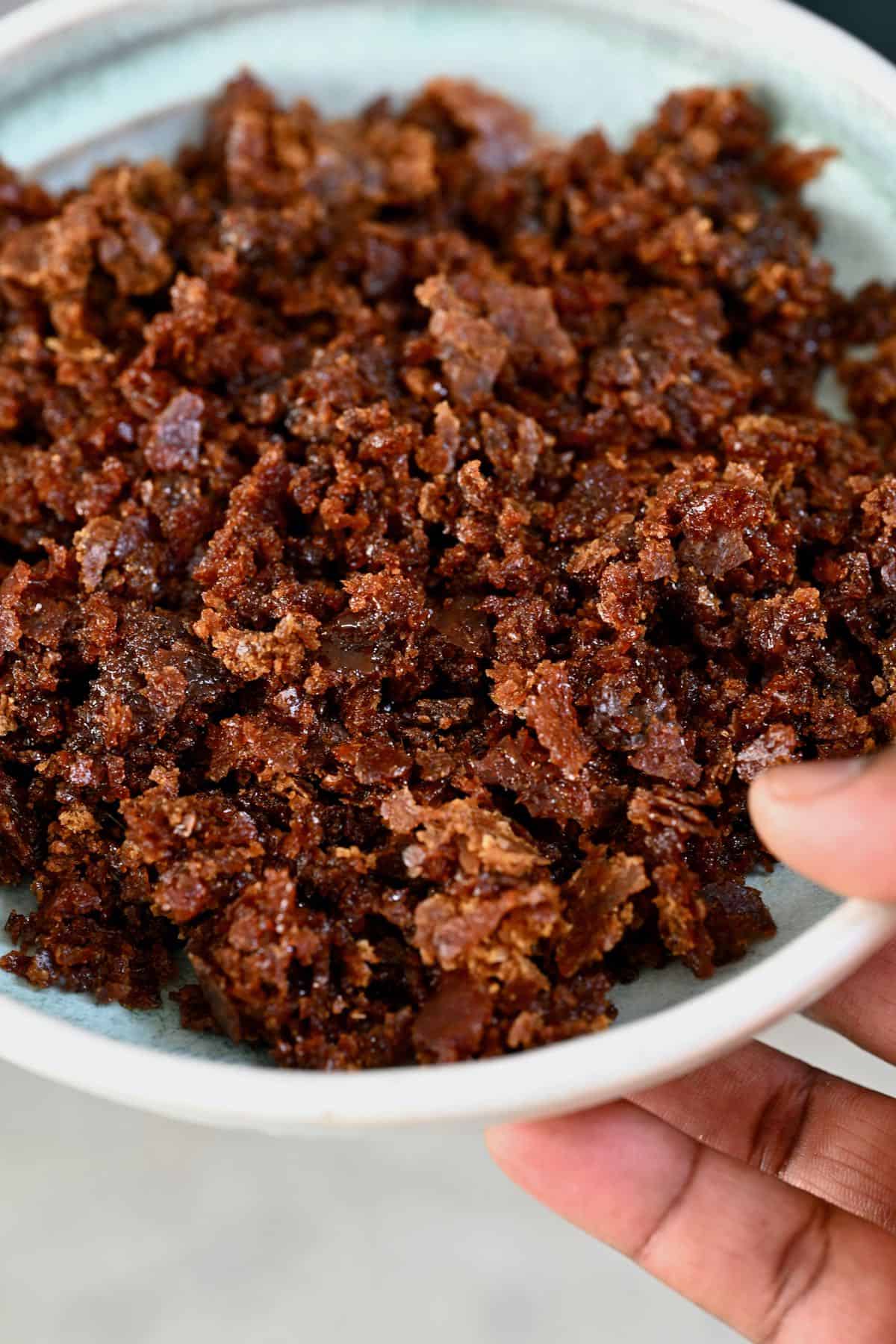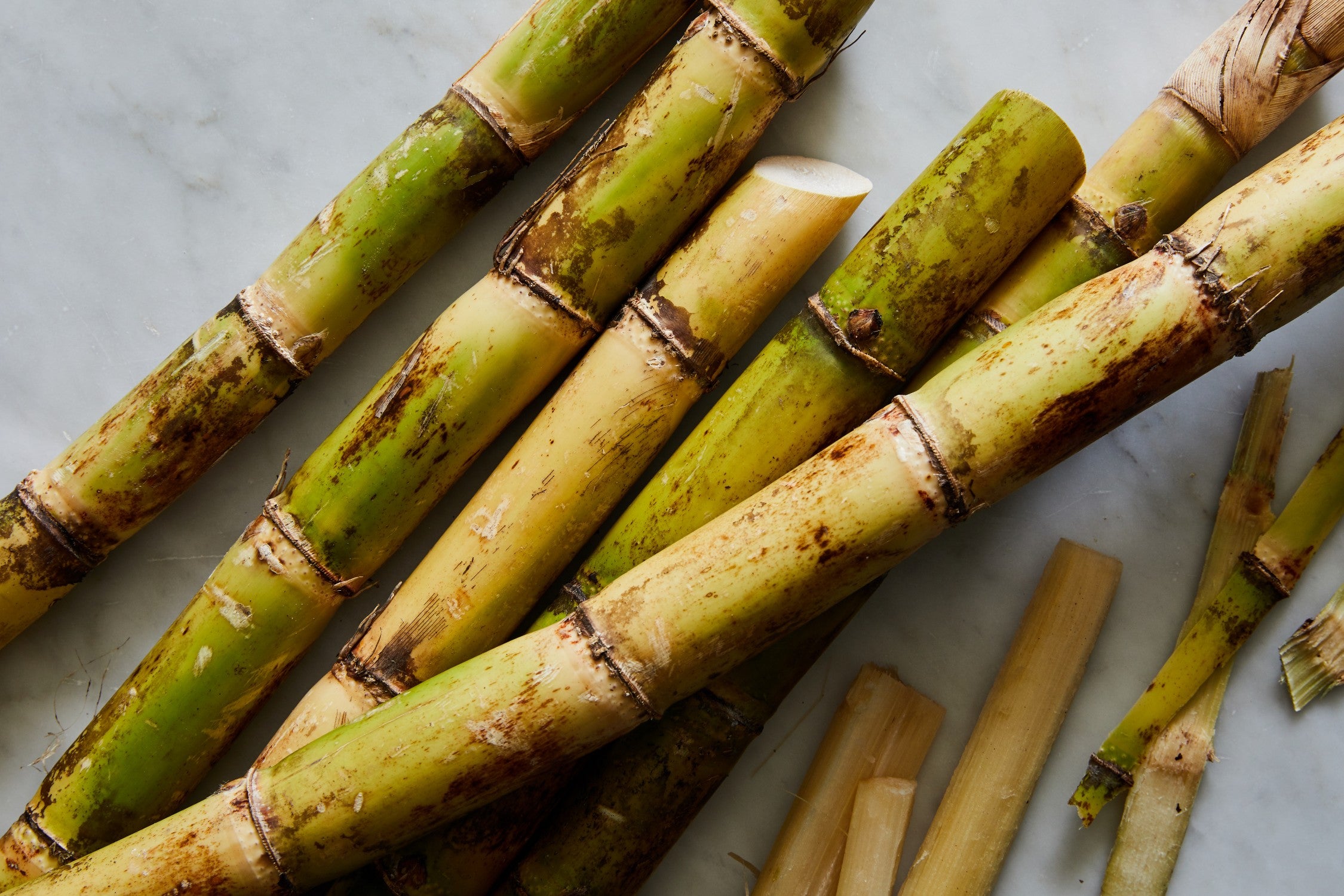Efficient Cane Sugar Processing: Optimizing Return and Purity
Efficient Cane Sugar Processing: Optimizing Return and Purity
Blog Article
Recognizing the Important Techniques and Technologies Utilized in Modern Walking Cane Sugar Processing
The development of cane sugar handling has actually been considerably shaped by the combination of sophisticated strategies and technologies that address both performance and sustainability. As we explore these vital improvements, it ends up being vital to analyze how they not only boost manufacturing however also align with more comprehensive industry fads and customer demands, raising questions concerning the future of sugar handling and its implications for worldwide markets.
Historical Context of Cane Sugar Handling
The historical context of walking cane sugar processing discloses an abundant tapestry of agricultural technology and cultural exchange that has actually shaped its advancement over centuries. The procedure of removing and fine-tuning sugar obtained momentum in India, where techniques for formation were improved around the Sixth century.

Advanced Extraction Strategies
Efficiency in walking stick sugar removal has seen considerable advancements, driven by the requirement for greater yields and lower manufacturing prices. Typical methods have developed, paving the way to ingenious technologies that enhance the effectiveness of the extraction procedure. One remarkable improvement is using enzyme-assisted removal, wherein certain enzymes damage down cell wall surfaces and release more sucrose from the walking stick fibers. This method not just raises sugar return however additionally reduces the energy required for processing.
Additionally, the adoption of membrane filtration technologies, such as nanofiltration and reverse osmosis, has transformed the splitting up of sugar from contaminations. These approaches enable the discerning permeation of sugar particles while preserving bigger impurities, improving the extraction process and reducing waste.
Furthermore, the integration of continuous removal systems has actually resulted in enhanced operational efficiency. Cane Sugar Processing. These systems keep a consistent circulation of walking cane product, making certain optimum removal conditions and decreasing downtime connected with set handling
Innovative Refining Technologies
Refining strategies in walking stick sugar processing have actually undergone a transformative change, driven by the demand for greater pureness and improved item quality. Among the most remarkable advancements is the adoption of membrane layer filtering innovations, such as ultrafiltration and nanofiltration. These procedures efficiently get rid of pollutants and colorants without the demand for substantial chemical treatments, therefore protecting the sugar's all-natural flavor and improving its allure.
One more substantial development is making use of ion exchange resins, which permit for selective elimination of unwanted ions from sugar options. This technology not only raises the overall pureness of the last product however additionally adds to decreased waste and ecological effect.
Furthermore, improvements in adsorption strategies, utilizing triggered carbon and various other innovative products, have proven efficient in decolorizing sugar options while keeping optimal quality. The combination of these ingenious refining modern technologies guarantees that manufacturers can produce refined sugar with exceptional clearness and preference, fulfilling the advancing choices of customers.
Automation and Control Equipment
Current advancements in refining technologies have led the way for significant improvements in automation and control systems within cane sugar processing facilities. These systems utilize sophisticated software and hardware to enhance operational efficiency, minimize human mistake, and make sure regular item high quality.
Modern automation integrates various components, consisting of sensing units, actuators, and programmable logic controllers (PLCs), allowing real-time tracking and control of vital processes. As an example, flow, stress, and temperature level rates can be precisely managed during extraction, clarification, and condensation phases, optimizing performance and decreasing waste.
Additionally, advanced information analytics and artificial intelligence formulas play an essential role in anticipating maintenance, allowing drivers to expect tools failings prior to they occur. This aggressive technique not only lowers downtime however additionally extends the life-span of machinery.
Additionally, automation assists in the implementation of Sector 4.0 principles, empowering sugar mills to accomplish higher connection and data exchange throughout processes. As an outcome, decision-making becomes even more official website active and informed, eventually boosting the general competition of cane sugar production. With these advancements, the sector is well-positioned to fulfill expanding international demands while preserving functional excellence.
Sustainability Practices in Sugar Manufacturing
Sustainability techniques in sugar production have come to you can try these out be increasingly crucial as the market looks for to stabilize economic feasibility with environmental obligation. As consumer recognition grows relating to the ecological impacts of agricultural methods, sugar manufacturers are taking on innovative methods to minimize their eco-friendly impact.
One significant method is the application of accuracy farming strategies, which utilize data analytics to optimize resource use, such as water and fertilizers. This minimizes waste and decreases the effect on local environments. In addition, several manufacturers are transitioning to eco-friendly energy sources, such as biomass from sugarcane by-products, to power their procedures, consequently reducing reliance on fossil fuels.
Water administration methods are likewise vital; rain harvesting and effective irrigation systems assist reduce water scarcity issues. Cane Sugar Processing. In addition, incorporated bug administration methods minimize chemical usage, promoting biodiversity and dirt wellness
Business social obligation initiatives are emerging, with firms spending in local communities and making certain reasonable labor methods. By embracing these sustainability techniques, the sugar sector not only enhances its online reputation yet likewise adds to an extra sustainable agricultural landscape, paving the method for future generations.

Conclusion
In recap, contemporary walking cane sugar processing includes a variety of advanced techniques and innovations that considerably improve sustainability, return, and efficiency. The fostering of ingenious removal and refining approaches, alongside automation and control systems, helps with improved operational efficiency and item quality. Additionally, the emphasis on lasting techniques emphasizes a dedication to lessening environmental impact and promoting honest production. Collectively, these advancements position the walking cane sugar market to meet contemporary needs while attending to vital global difficulties.
The advancement of walking stick sugar handling has been dramatically formed by the combination of innovative strategies and modern technologies that address both effectiveness and sustainability.The historic context of cane sugar handling reveals an abundant tapestry have a peek here of farming development and social exchange that has formed its growth over centuries. Technologies in milling and refining emerged, laying the foundation for modern-day cane sugar handling.Refining strategies in cane sugar processing have actually undertaken a transformative shift, driven by the need for higher purity and enhanced item top quality.In summary, contemporary walking cane sugar handling incorporates an array of advanced methods and modern technologies that significantly enhance sustainability, efficiency, and yield.
Report this page